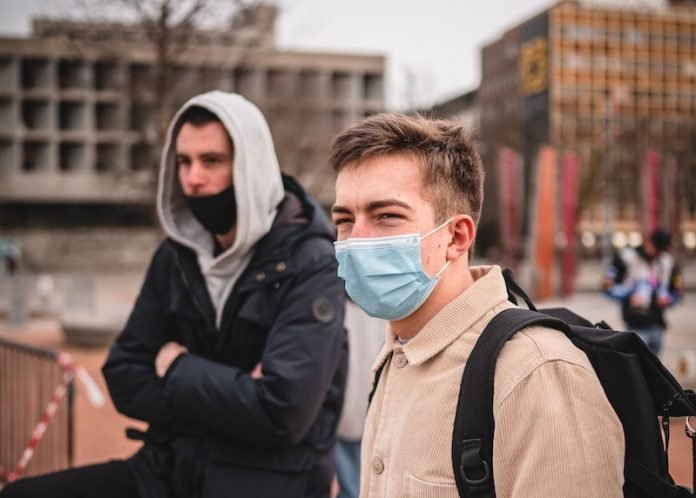
In a new study, researchers found that a few “supercarriers” with off-the-charts viral loads are likely responsible for the bulk of COVID-19 transmissions.
Meanwhile, about half of infected people aren’t contagious at all at the time of diagnosis.
A second, related study lends further credence to the idea that viral load, or the amount of virus particles a person carries, drives contagion.
It found that only one in five university students who tested positive while living in a residence hall infected their roommate.
And their viral load was nearly seven times higher than those who didn’t spread the virus.
Both studies conducted by a team at CU Boulder.
In both studies, the team did an analysis of more than 72,000 test samples. The samples were from students, and some faculty and staff.
In the fall, out of 72,500 samples taken from asymptomatic people, 1,405 cases of COVID-19 were identified.
What is so special about these samples is that they are all from infected people with no symptoms—a snapshot of all these seemingly healthy people you assume it is safe to be around.
The team quantified just how many viral particles, or virions, each of those samples contained, plotted it and compared it to samples from hospitalized patients.
A few surprising patterns emerged. First, the distribution of viral loads in the asymptomatic sample was indistinguishable from that of highly symptomatic patients.
Just 2% of all the COVID-positive individuals at CU Boulder carried 90% of the circulating virus. One student with the highest load carried 5%.
Meanwhile, about half of those who tested positive had viral loads so low that they were probably not carrying live virus anymore—instead, they may have just been shedding viral fragments from tissue under repair. Thus, they were probably not contagious.
For a second study, researchers used the same samples to explore how often one roommate infected another.
In all, 1,058 students living in the dorms tested positive, constituting 16.5% of the population.
Students in single rooms were about half as likely to be infected. But this was not because the virus was spreading between roommates.
In fact, only 20% of infected students—those with much higher viral loads—transmitted the virus to their roommate.
This does not mean that isolation has no impact at all on the spread of the virus, but it does provide a ray of optimistic news for people who want to live with other people but are worried about safety.
The findings may also offer relief to those who have received a positive COVID-19 test and fear for people they live with.
Collectively, the research shows that in some cases it might be prudent to contact those with high viral loads fast—and encourage them to isolate quickly.
One author of the first study is Sara Sawyer, a professor of molecular, cellular, and developmental biology.
The study findings are published in medrxiv.
Copyright © 2021 Knowridge Science Report. All rights reserved.



